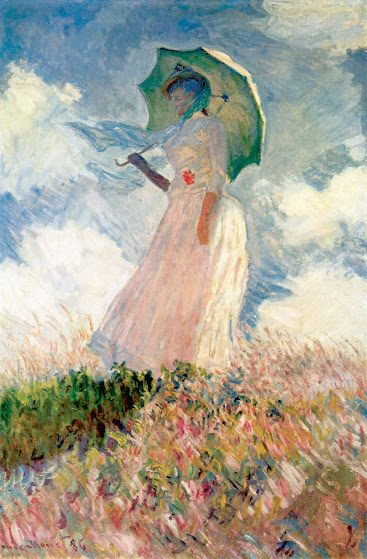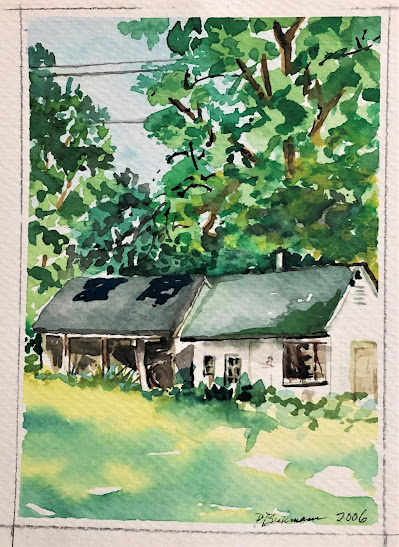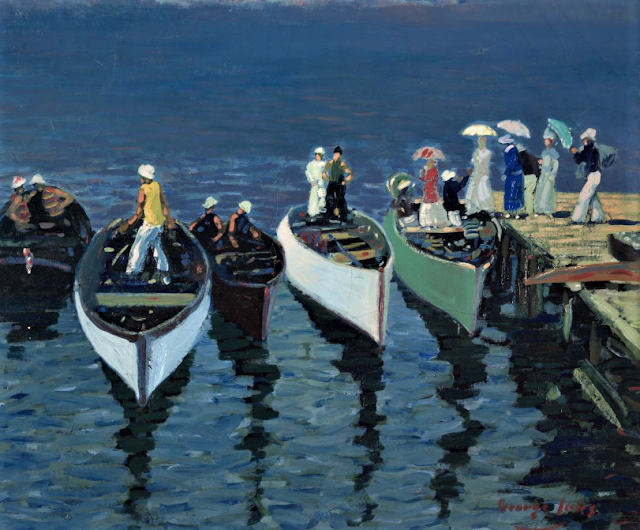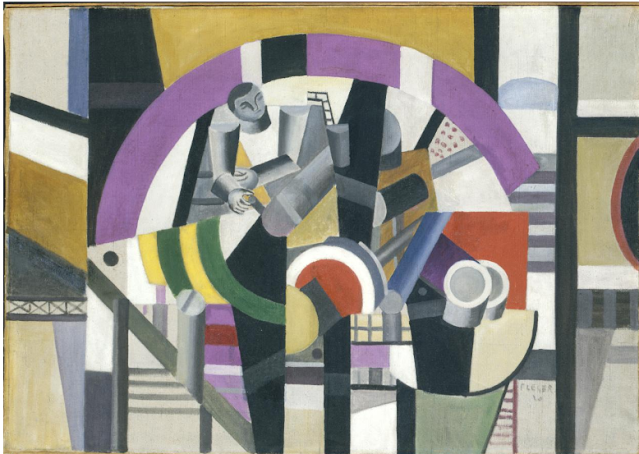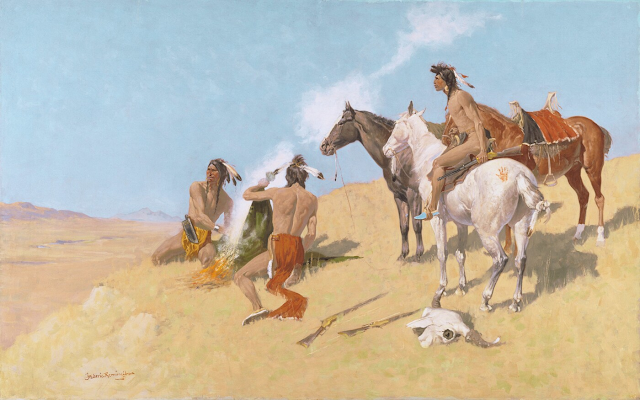This week I am waiting for a friend to send me one of her paintings so I am posting an old collage of mine. It is one of my favorites. I have done collage for many years and have collected a large variety of papers and images. It is a fun, but difficult process. I find it a great way to express myself, but it is time consuming. I probably spent three to four months on this image. It is not large, but complex. I love looking over it and rediscovering designs, and mini images. After looking small, look at the whole and see the flow of one paper into another, the rhymn from top to bottom, left to right, and diagonally down. This is one of the few monochromatic works I have ever done. My memory is that I saw this as a challenge and I wanted to tell a little story with it. So, if you want to, scan the image and imagine. I used a large variety of paper. Some photo paper, some tissue, magazine images, as well as a large number of simple lined, pattern paper. All of the p

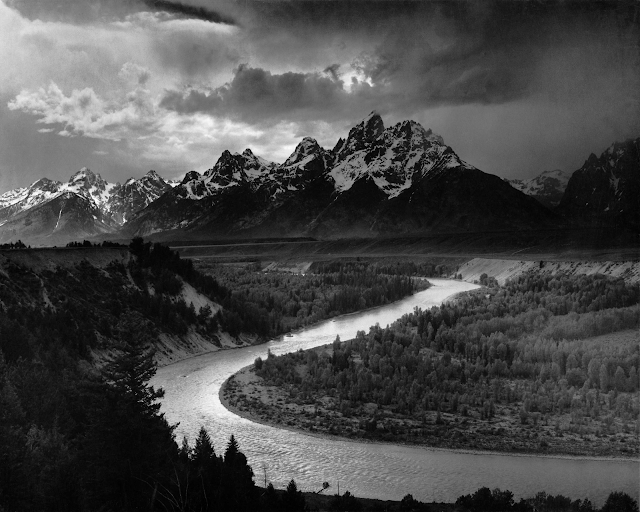


.jpg)


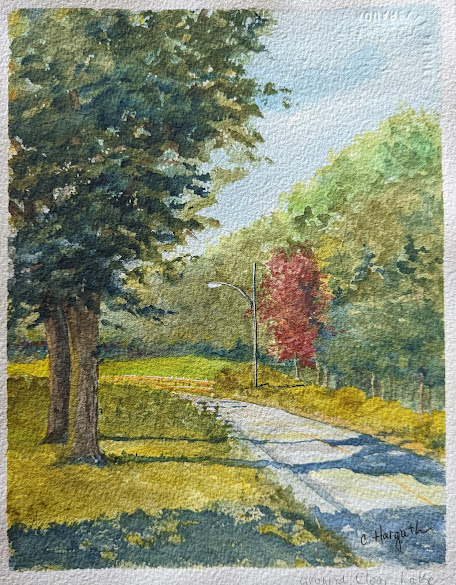


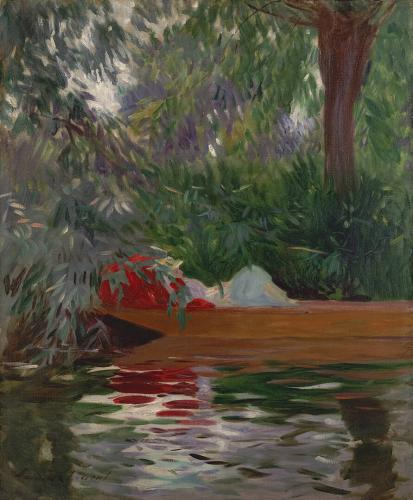
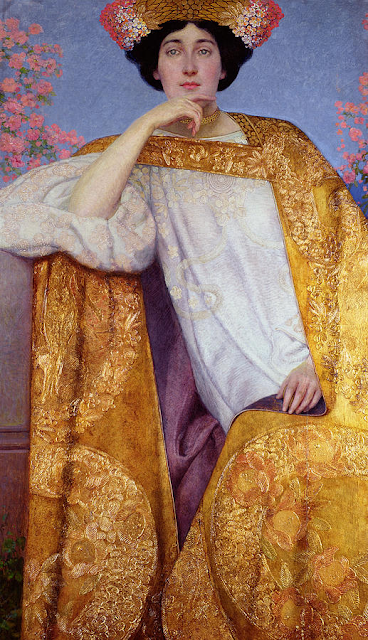
.jpg)



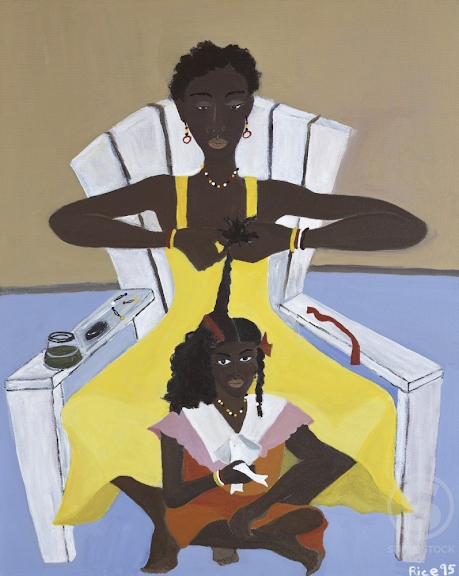
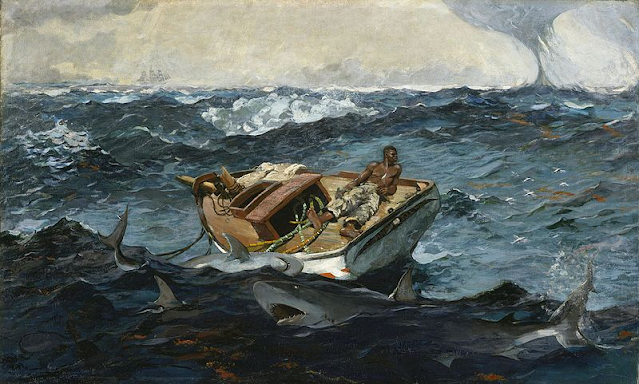
.jpg)
